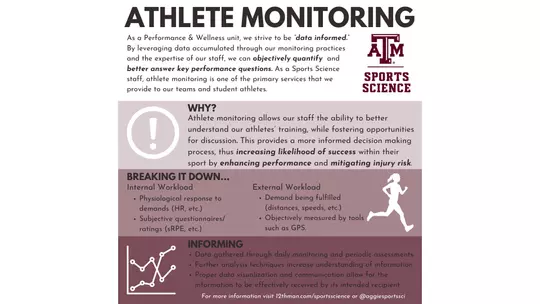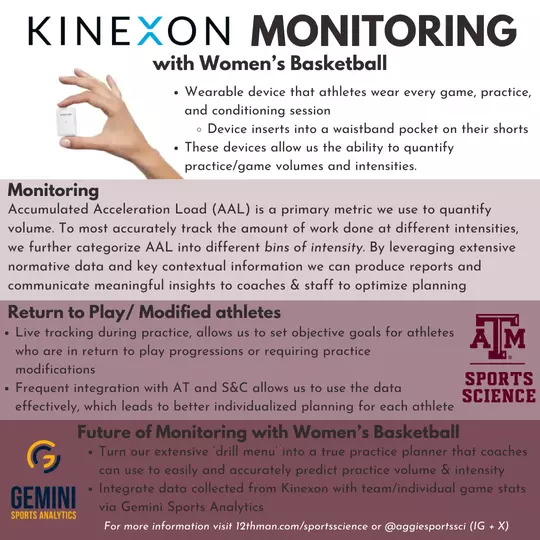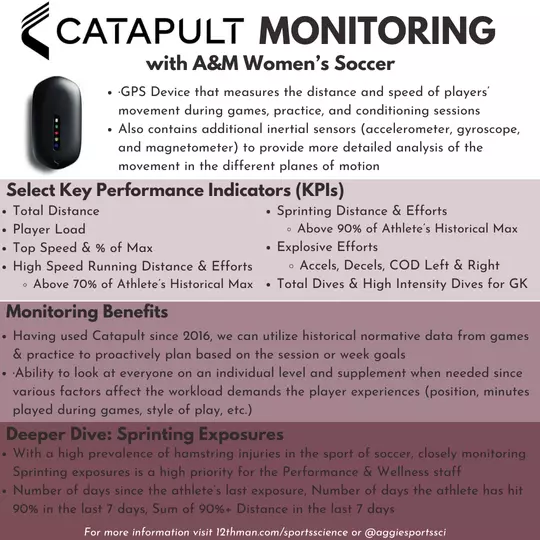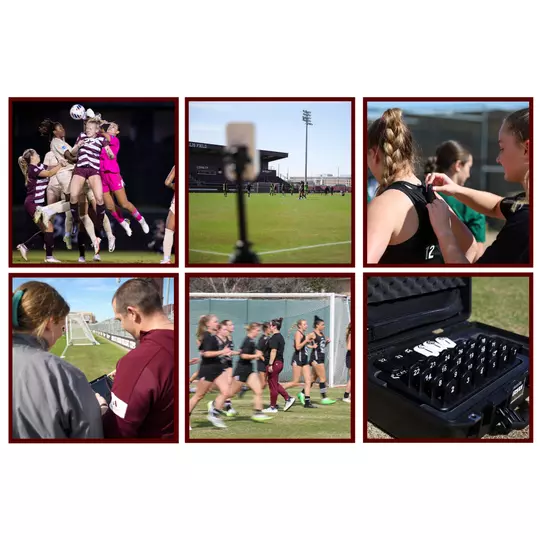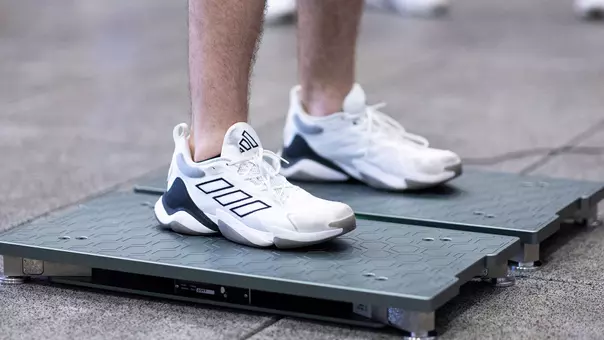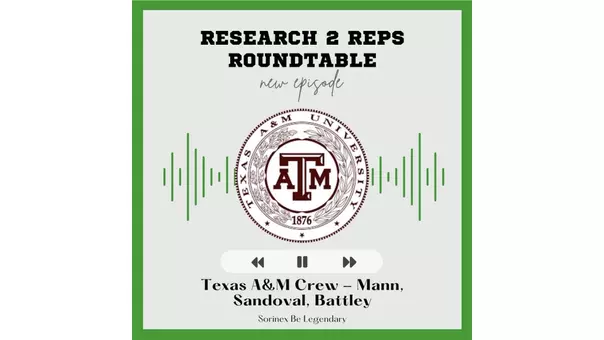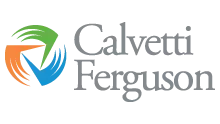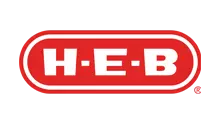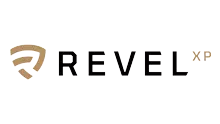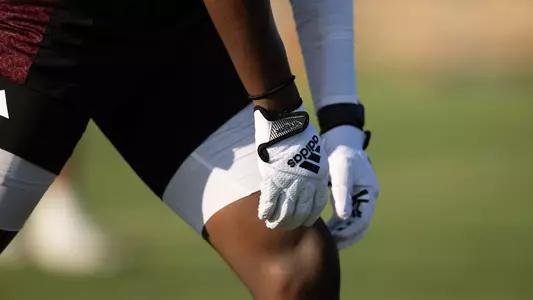
Introduction to the Monitoring Process at Texas A&M
Jan 24, 2024 | Sports Science
One of the primary services our Sports Science staff provides to various teams within the Athletics Department revolves around monitoring the training our student athletes are undertaking. Monitoring allows coaches and Performance & Wellness (P&W) staff to objectively quantify different aspects of the training process and assists in answering questions that might arise. We strive to be “data-informed”, integrating the information collected with the experience and expertise of practitioners and coaches to enhance athletic performance.
For the scope of this article, a good way to look at monitoring is in the form of two main approaches: External and internal workloads. We believe that either of these approaches can aid us in our goal to improve performance and lower the risk of injury. However, when feasible, insight can be particularly meaningful if elements of both are included in a systematic monitoring plan.
- External workload is objectively what the student athlete is doing during their training (distances covered, speed achieved, number of jumps performed, sets & reps, etc.). Utilizing different wearable technology (such a GPS devices and/or accelerometers) allows us to collect this information consistently & accurately over time.
- Internal workload is how the student athlete responds to a specific demand. This can be measured objectively using physiological measures (such as heart rate) or subjectively using methods like session Rating of Perceived Exertion (sRPE) & wellness questionnaires.
Monitoring of training is typically a daily process and should capture all significant activities that a student athlete takes part in, including competition. This can then be complemented by assessments that are completed on a weekly, biweekly, monthly, or phasic basis.
Assessments provide us the ability to create profiles of our student athletes, benchmark them compared to others, as well as track their individual progress over time. This may be especially useful during the return-to-play process. Force plates allow us to dive deeper into different qualities that we know are important for student athletes. Performing various jump assessments provides a better understanding of power, while isometric assessments give us a view of strength characteristics. Using other tools such as a dynamometer allows us to objectively assess different movement patterns that relate to performance or injury risk; a grip assessment or the Athletic Shoulder (ASH) Test are common examples.
With an increase in monitoring and assessments happening in college and professional sports, it is imperative to have standard operating procedures (SOPs), robust data management structures, and good data hygiene practices in place. This provides us a solid platform for what comes next: Analysis and interpretation.
Utilizing various analysis techniques, we can increase our understanding of the information versus just using raw data. From simple analyses like descriptive statistics to more complex techniques like Acute: Chronic Workload Ratio or Monotony & Strain, these methods provide greater context and helps us better tell a story with the data. Use of bespoke analytics platforms and AI, like Gemini Sports Analytics, are in their infancy with us but have a high upside as we seek deeper meaning from various data sources. Ultimately, how the information is visualized and communicated with key stakeholders will determine how applicable and impactful the data will be. We aim to provide information in a way that it can be best received by the recipient; and so may arrive as a printable PDF, fluid dashboard, and/or key “bottom line” insights.
Alongside a strong background in core areas of sports science (such as physiology, biomechanics, etc.), we lean heavily on our P&W colleagues and the coaching staff to help us ensure we are “barking up the right tree” and addressing the most meaningful questions/problems. This dialogue also helps us with interpretation for that specific sport at that specific time. Oftentimes is it the interdisciplinary discussion itself that is the most useful as we seek methods to improve our chances to win and keep our student athletes as healthy as possible.
In summary, monitoring provides us the opportunity to have a better understanding of our student athlete’s training process. Utilizing the different workload methods & technologies gives us insight into what student athletes are doing and how they are responding, while assessment gives us an idea of how they are preforming. Putting the student athletes first, these services provide us the ability to make more informed decisions to increase the likelihood of success within their sport.
Lastly, we will be following up this introduction with a number of technology and/or sport specific monitoring graphics on our social media platforms. Please view the monitoring graphics and pictures below for more specifics on what we do with various teams, and visit us @AggieSportsSci on Instagram and X/Twitter to see the full story.
Further Reading
- Monitoring Training Loads: The Past, the Present, and the Future
- The athlete monitoring cycle: A practical guide to interpreting and applying training monitoring data
- How much is too much? (Part 1) IOC consensus statement on load in sport and risk of injury
- Monitoring Athlete Training Loads: Consensus Statement
- National Strength & Conditioning Association’s Essentials of Sport Science (Textbook)
- Monitoring Training and Performance in Athletes (Textbook)
